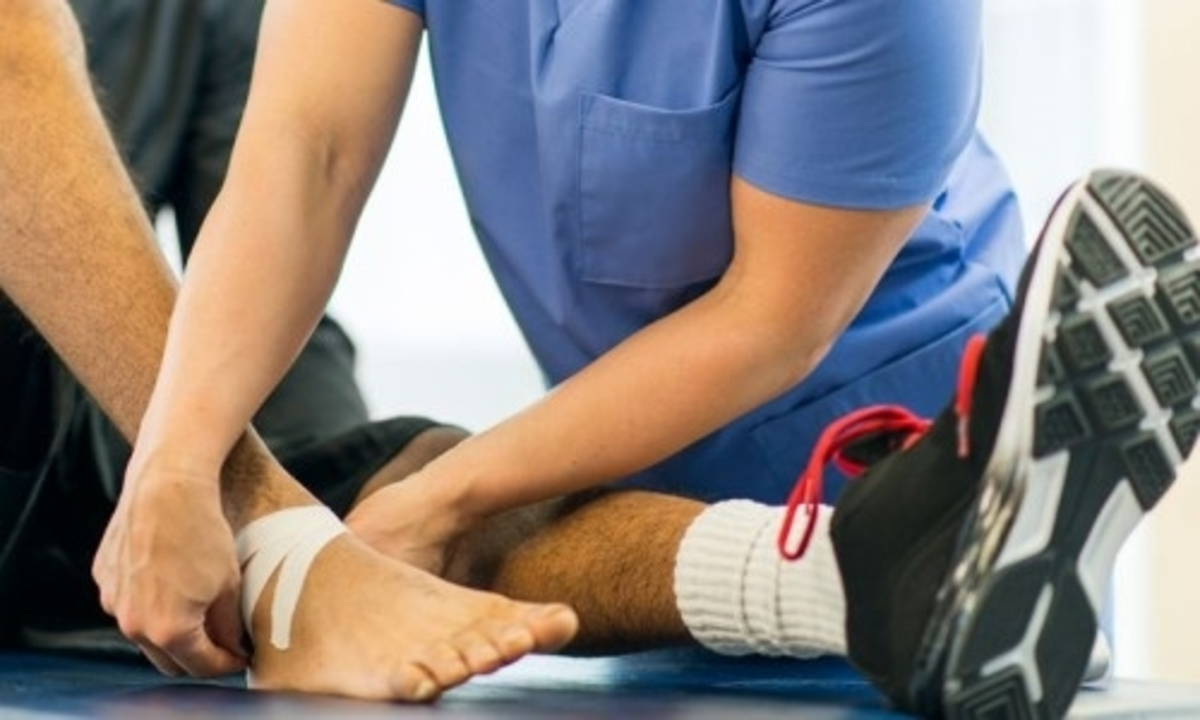Safety Measures for Medications: Buy, Use, and Store Safely
One bad pill or a wrong dose can ruin a week — or worse. Follow a few simple safety measures and you’ll avoid most common medication problems. Below are clear, practical steps you can use right now whether you buy online, get a script from your GP, or manage daily meds at home.
Buying Medicines Online Safely
Only buy from pharmacies that require a prescription for prescription drugs. If a site sells controlled meds with no script, don’t trust it. Look for contact info, a licensed pharmacist phone line, and clear return policies. Check for secure checkout (HTTPS) and real customer reviews—beware of too-many 5-star reviews with generic text.
Verify the pharmacy’s credentials. In many countries you can search a government or pharmacy board registry. In the US, the NABP’s VIPPS seal helps; in Australia check the Pharmacy Board. If you can’t verify the vendor, pick another seller.
Avoid the lowest-price trap. Deep discounts with no prescription are a red flag for fake or expired drugs. Ask your doctor if a cheaper generic is safe instead of chasing bargain sites.
Using and Storing Drugs Correctly
Read the label every time. Confirm the drug name, strength, and directions. If the label and your doctor’s instructions differ, call the prescriber or pharmacist before taking a dose.
Know major interaction risks. Common examples: warfarin interacts with many antibiotics and supplements; grapefruit affects certain blood pressure and cholesterol meds; St. John’s wort lowers levels of some antidepressants and birth control. Ask your pharmacist about interactions when you start a new drug.
Store meds where they stay dry and away from kids. Most pills are fine at room temperature, but some require refrigeration. Keep medicines in original containers with child-resistant caps. For expired or unused drugs, use a local take-back program or follow disposal instructions—don’t flush unless the leaflet says to.
Track side effects and effectiveness. Write down when a symptom started and any new medications or supplements you took. Report severe reactions to your prescriber and, if available in your country, to the drug safety authority (like FDA MedWatch or the TGA).
Small checks prevent big problems. Match the pill imprint to a trusted pill identifier if you get an unlabelled tablet. Keep a current medication list in your wallet or phone with dosages and allergies. When traveling, carry prescriptions and store meds in carry-on luggage.
If anything feels off—odd packaging, pills that crumble, or unexpected side effects—stop taking the drug and contact your doctor or pharmacist. Safety measures don’t slow you down; they keep you moving without surprises.
